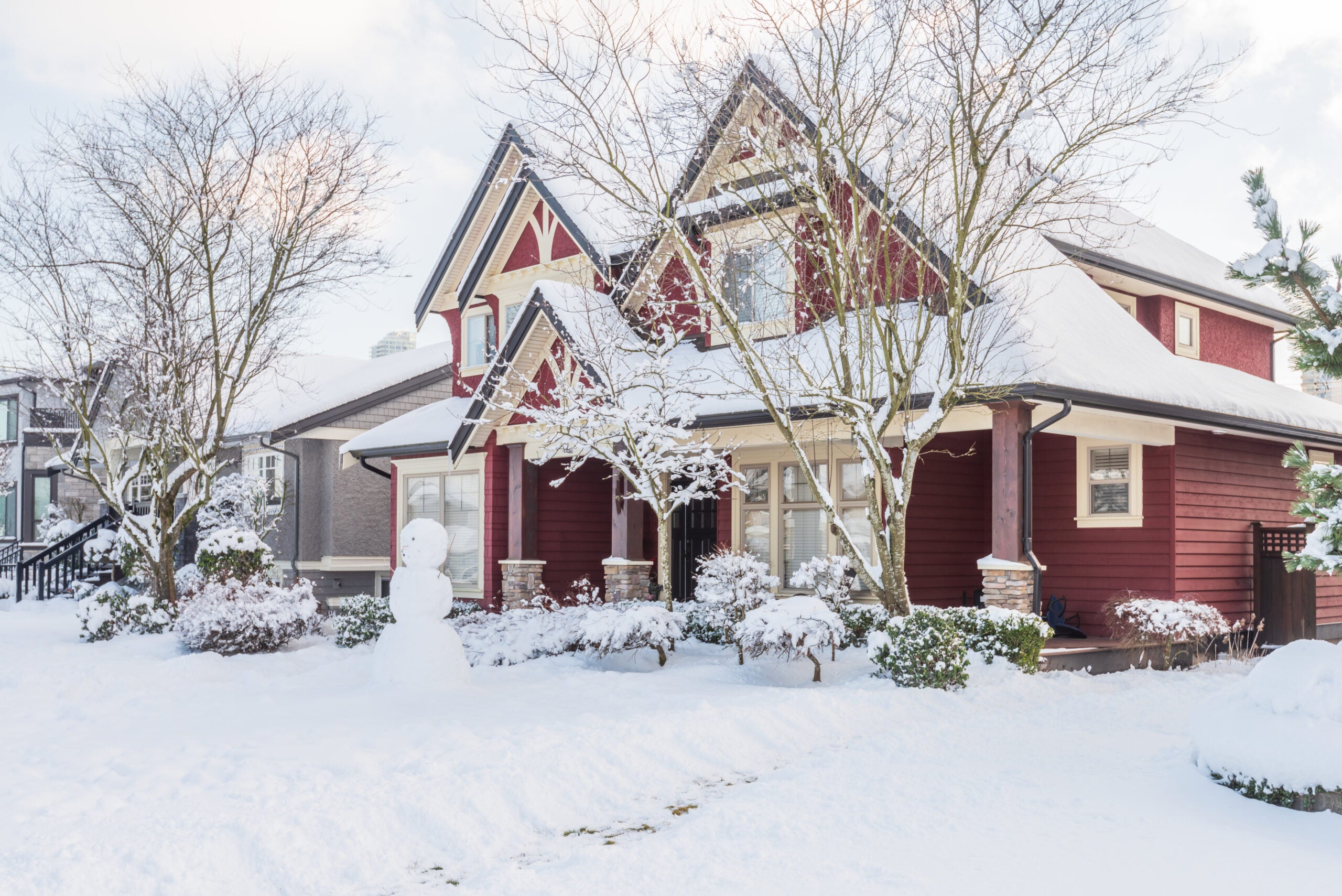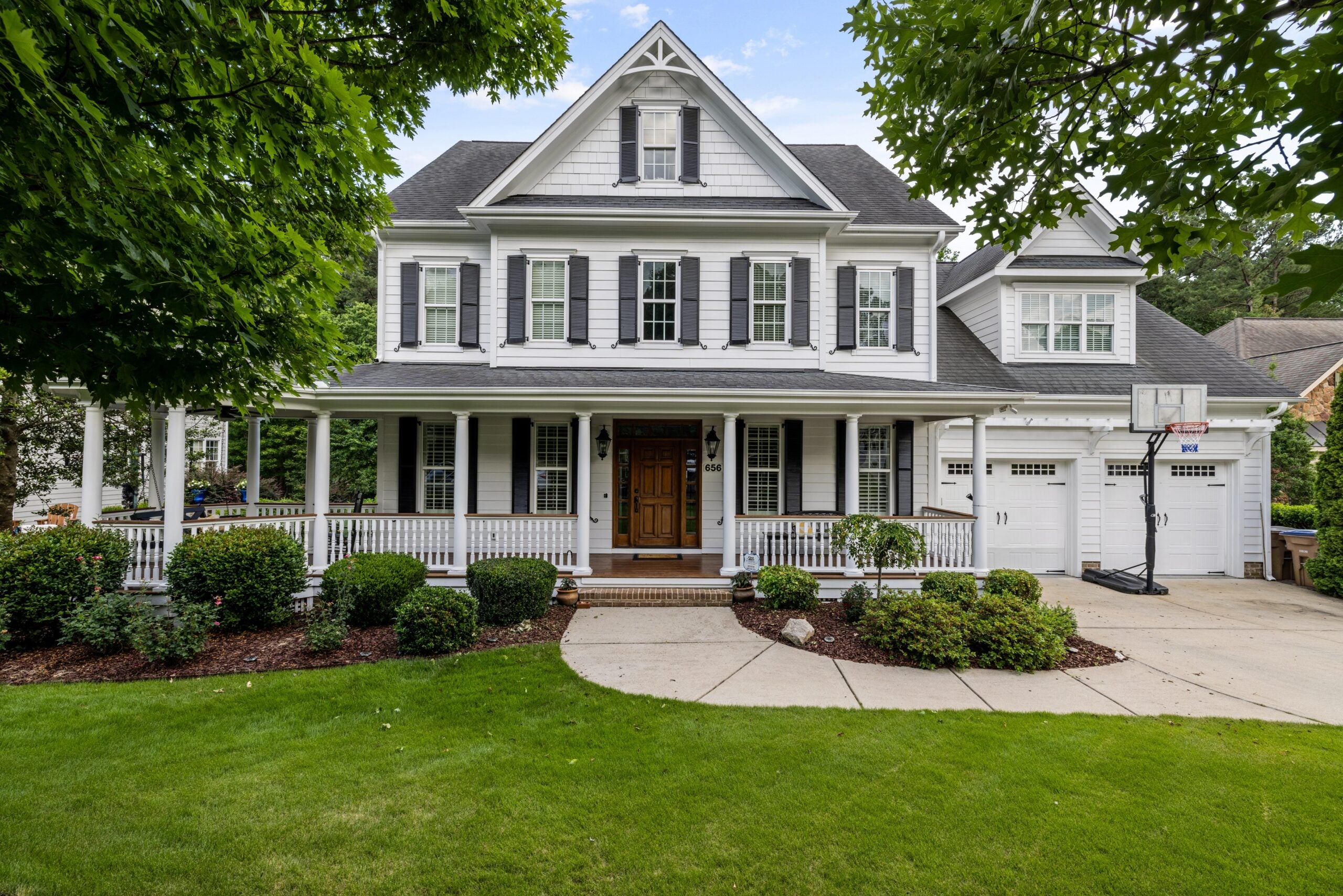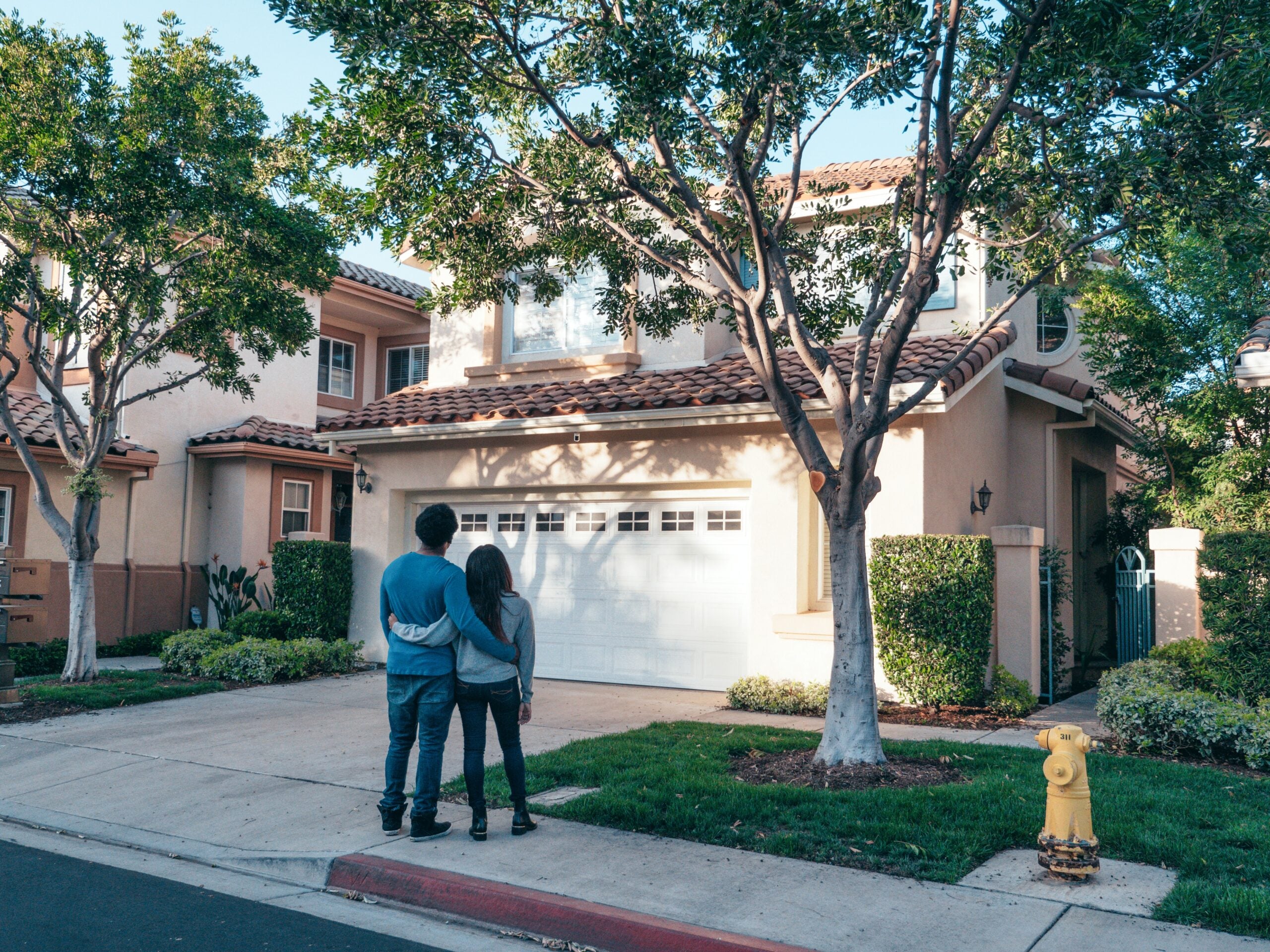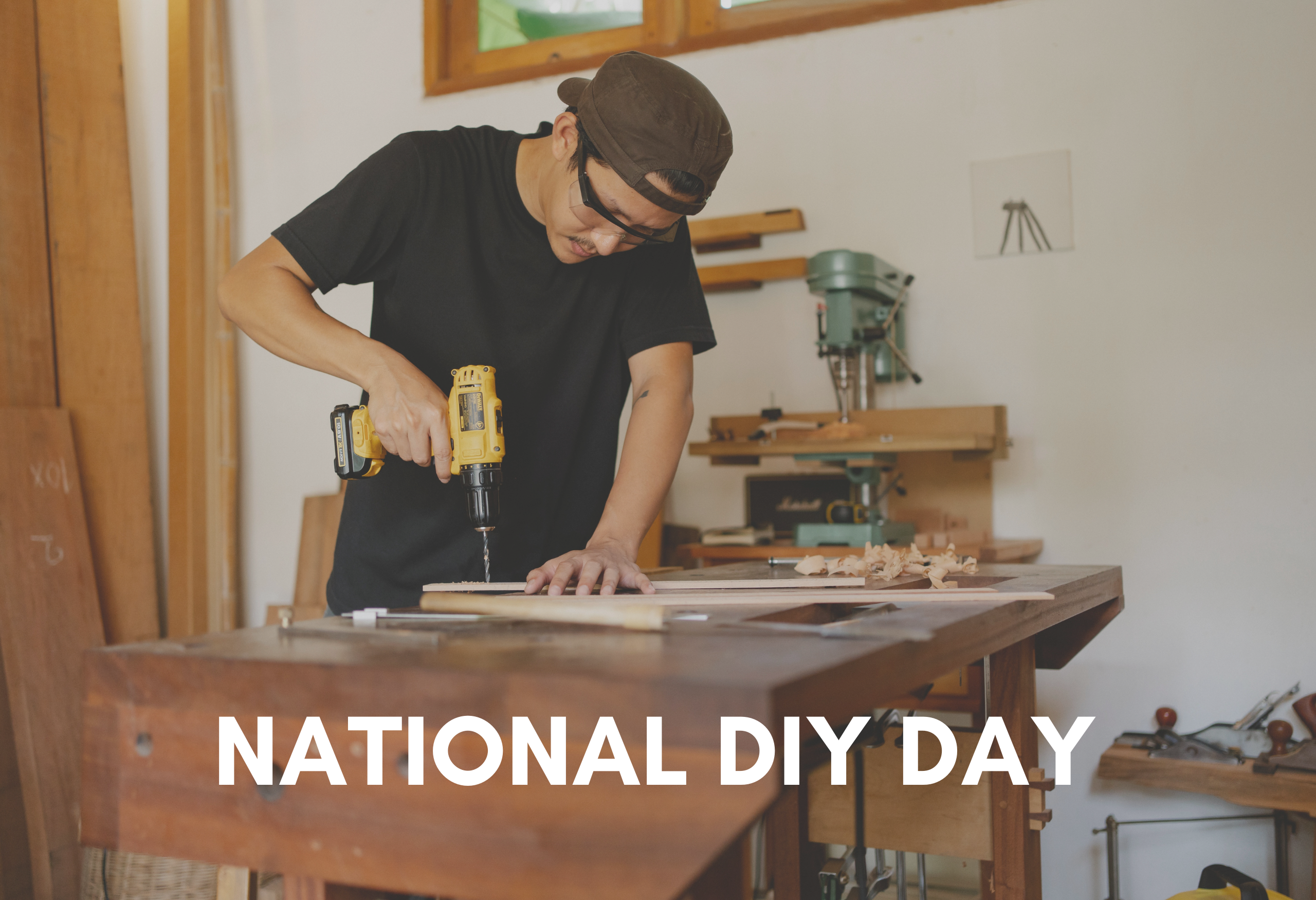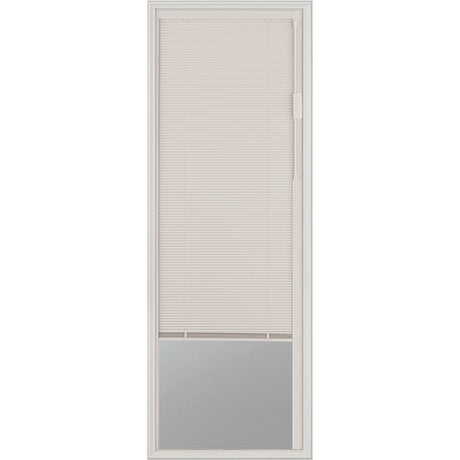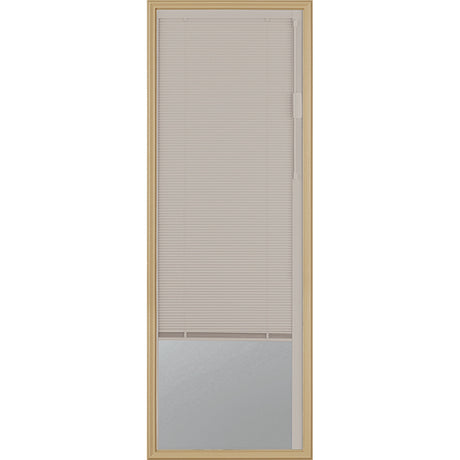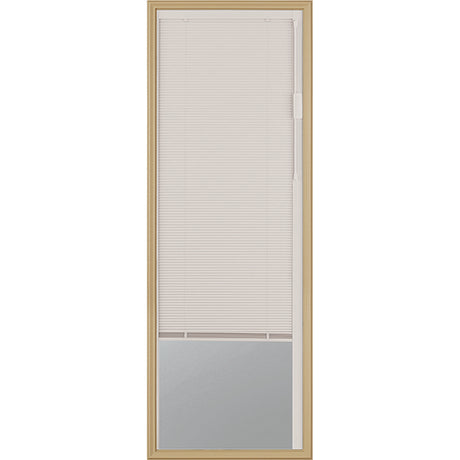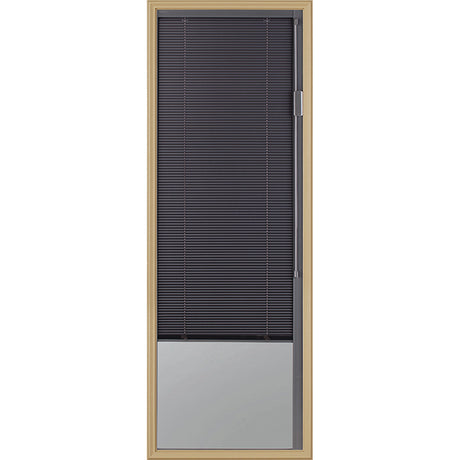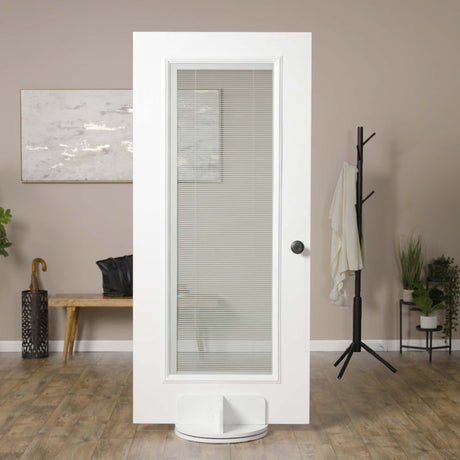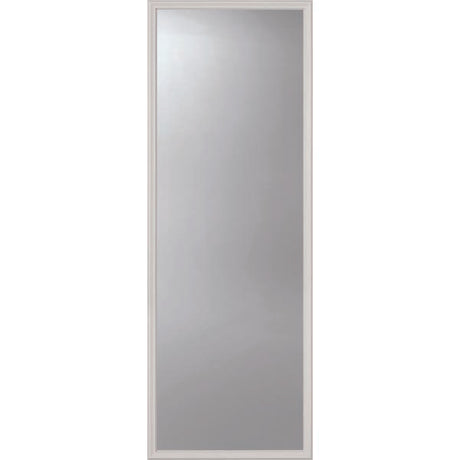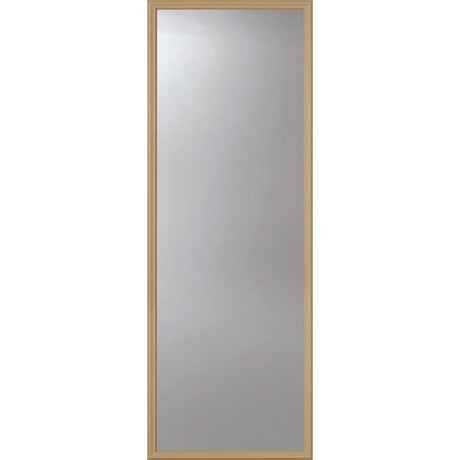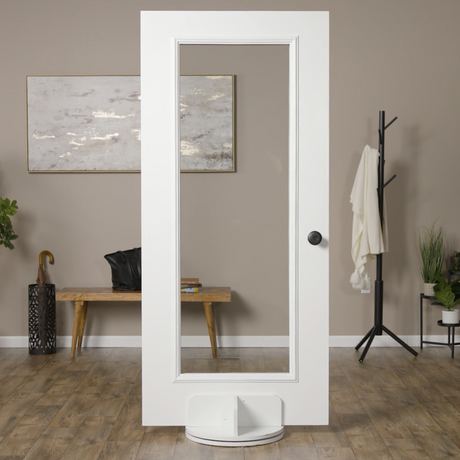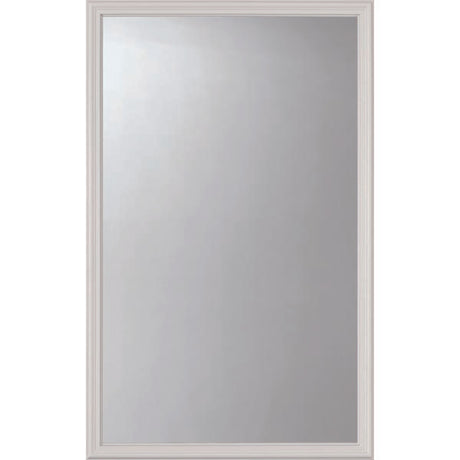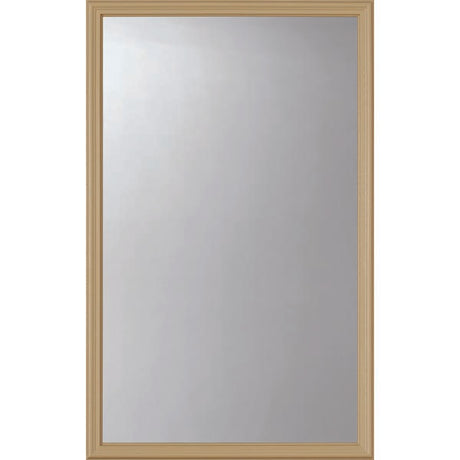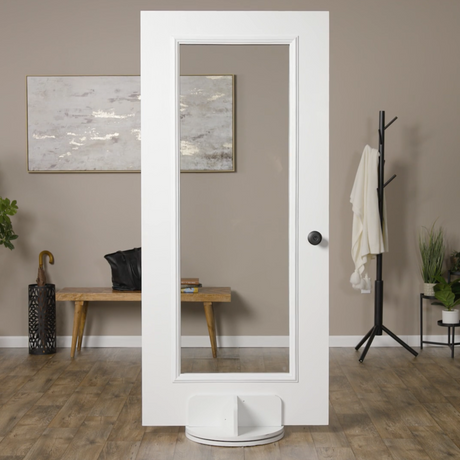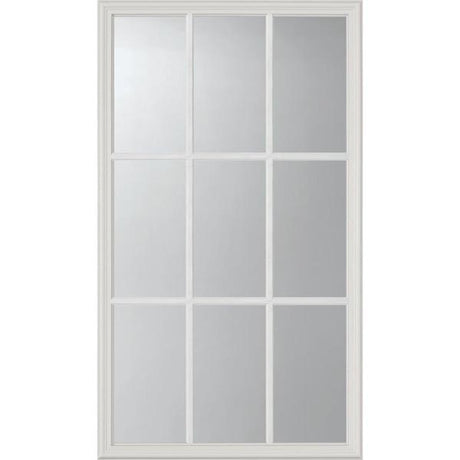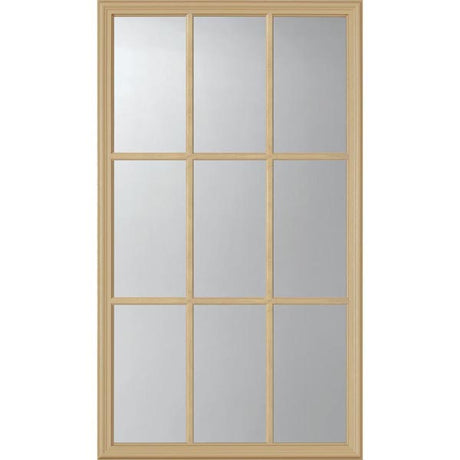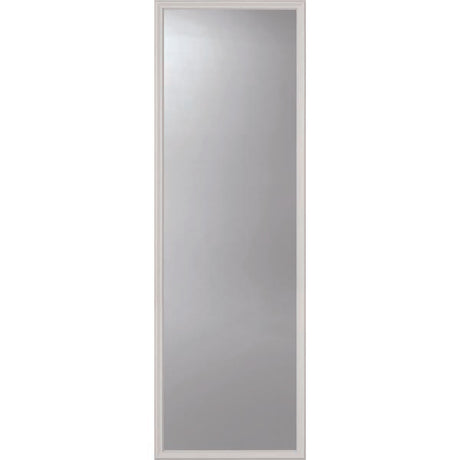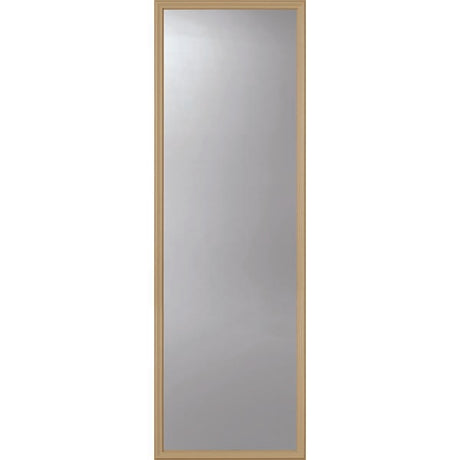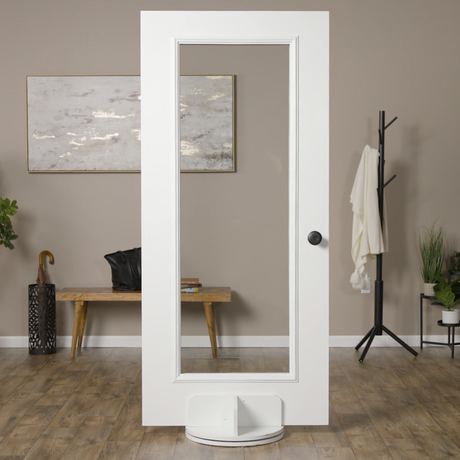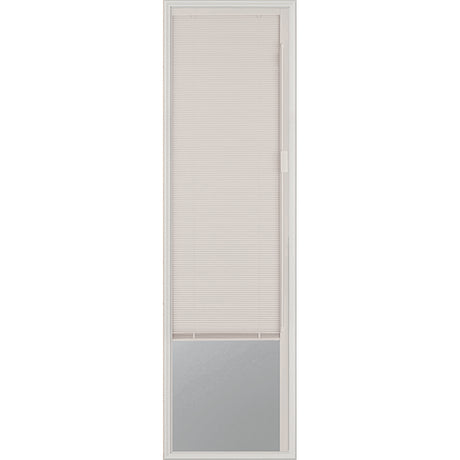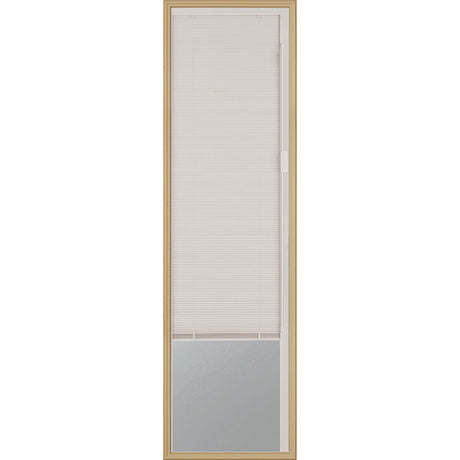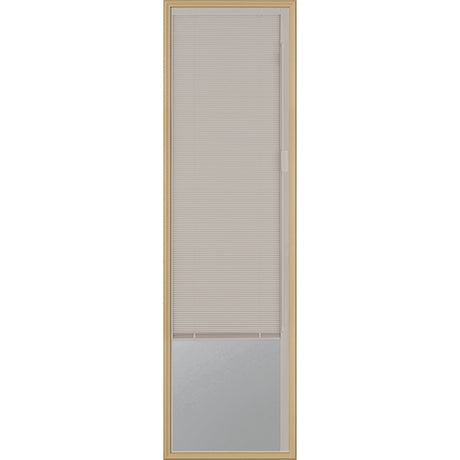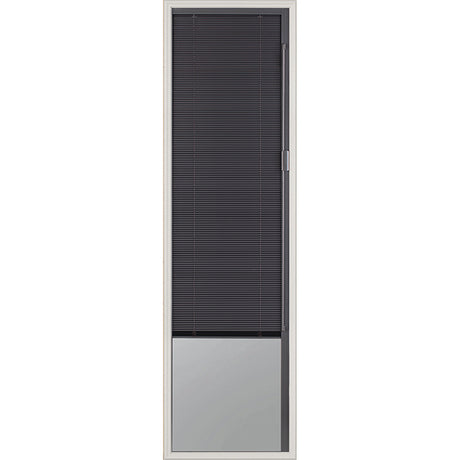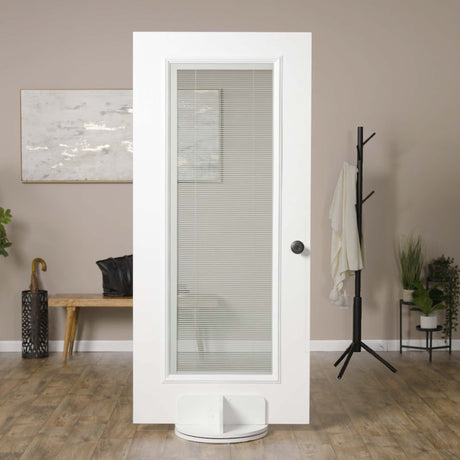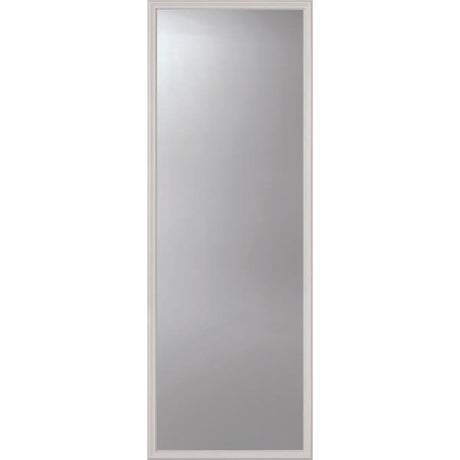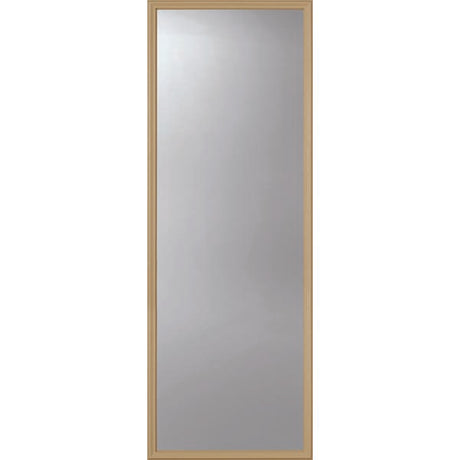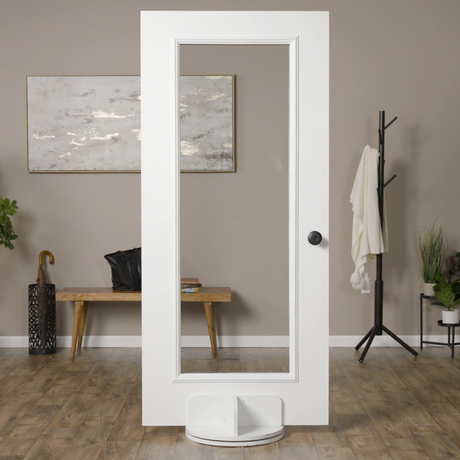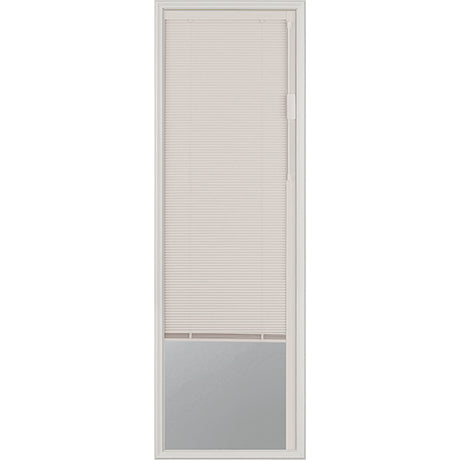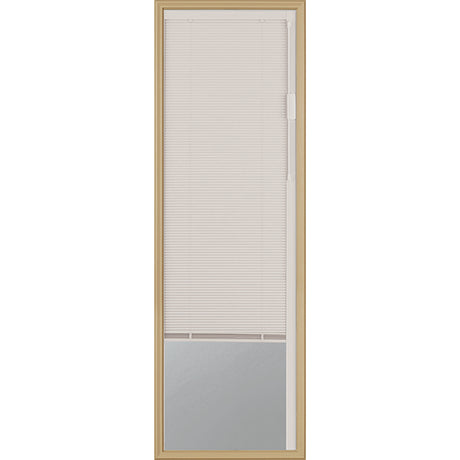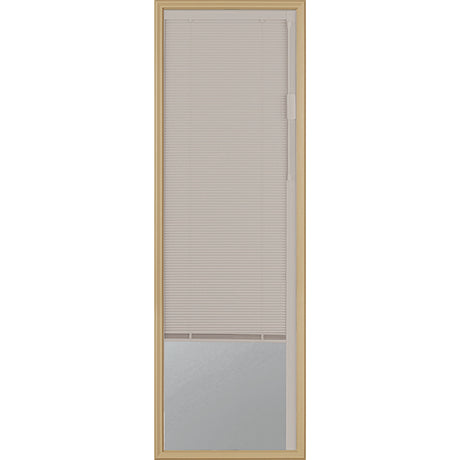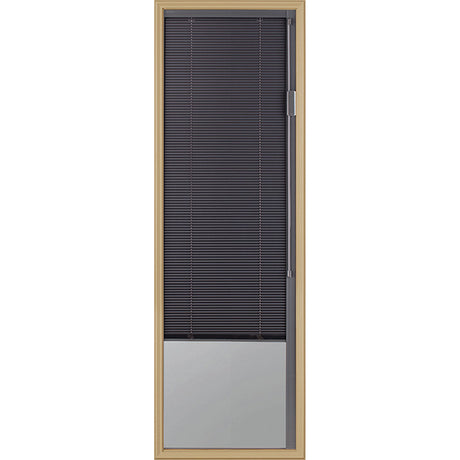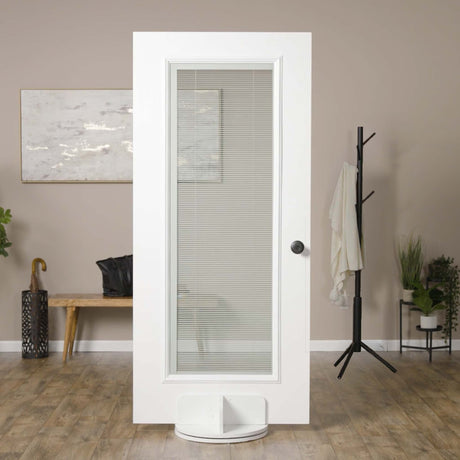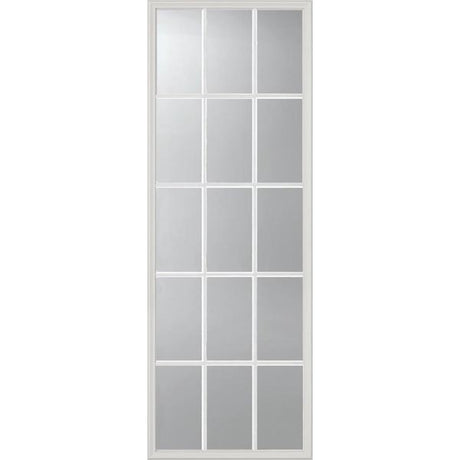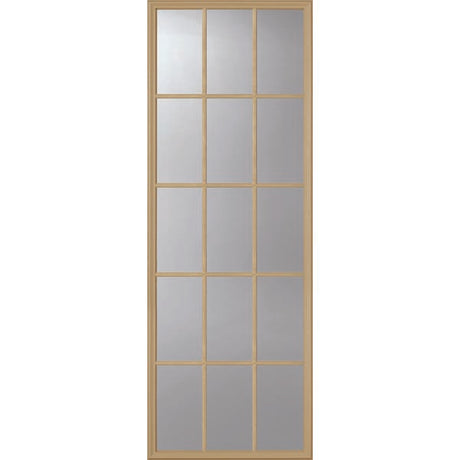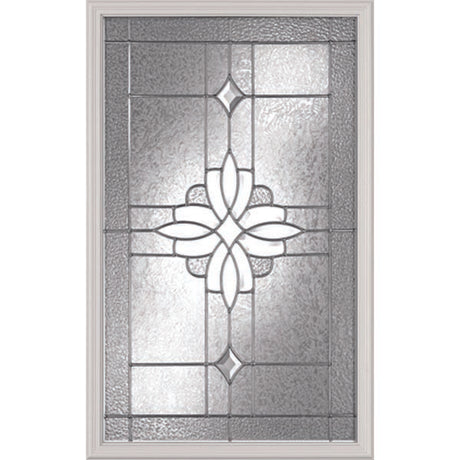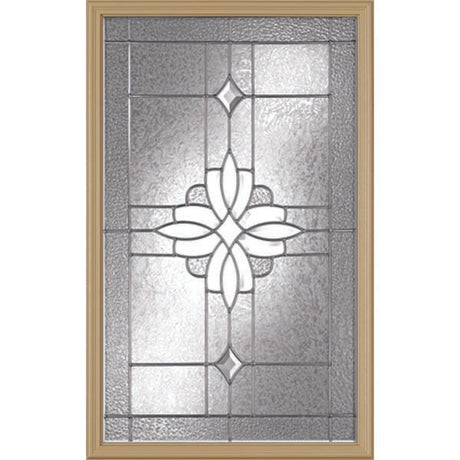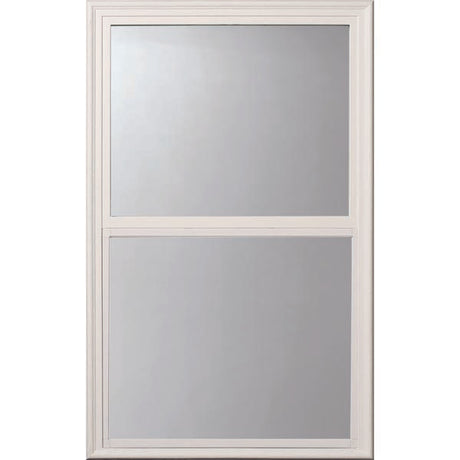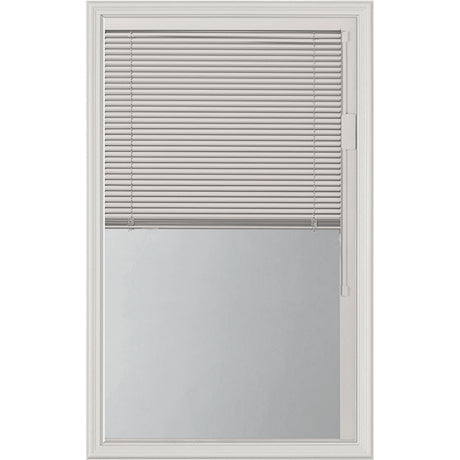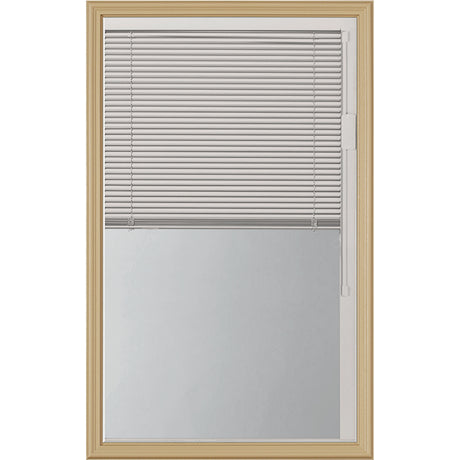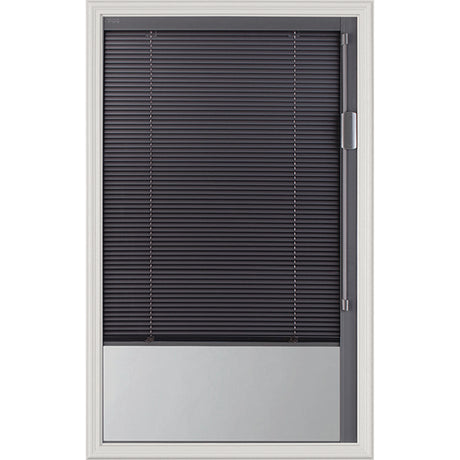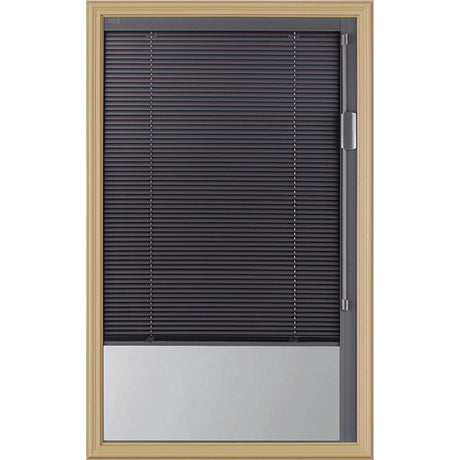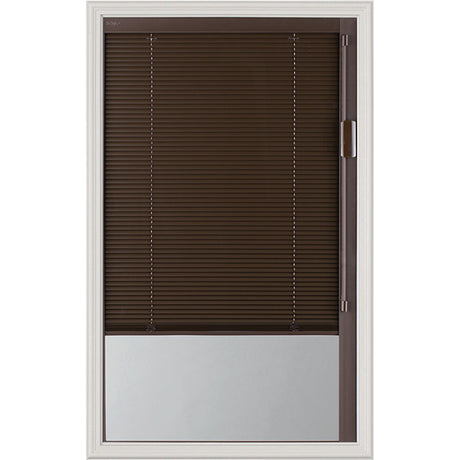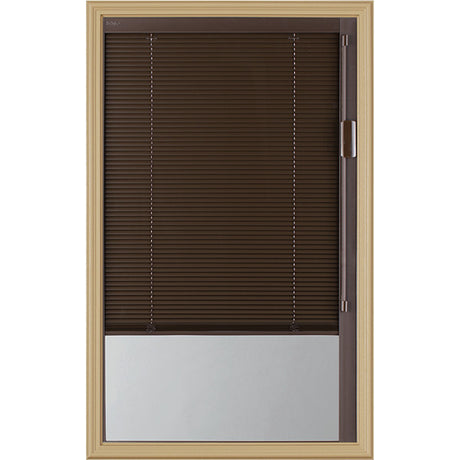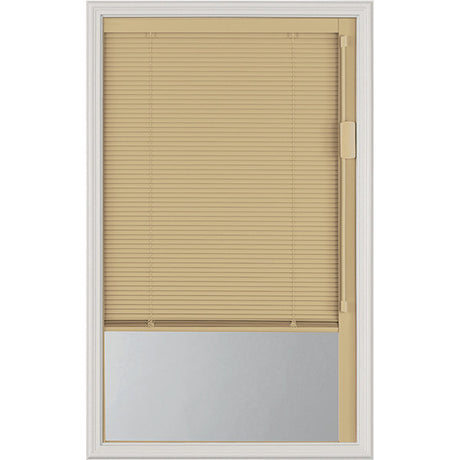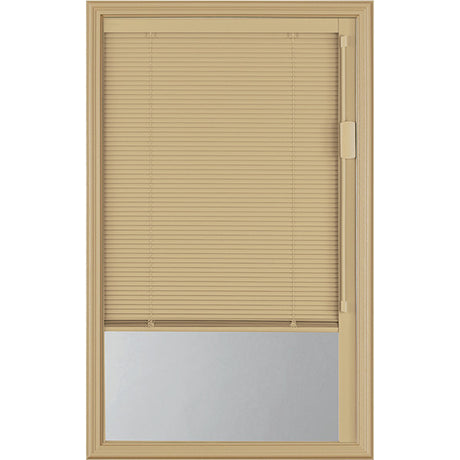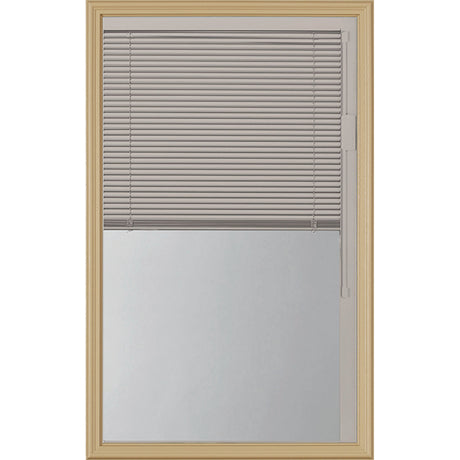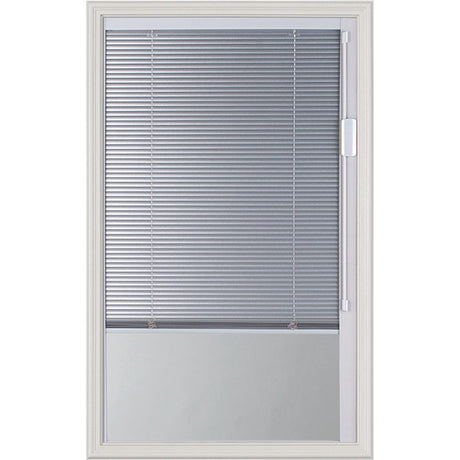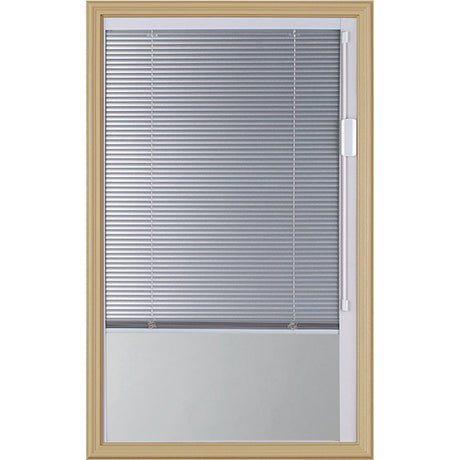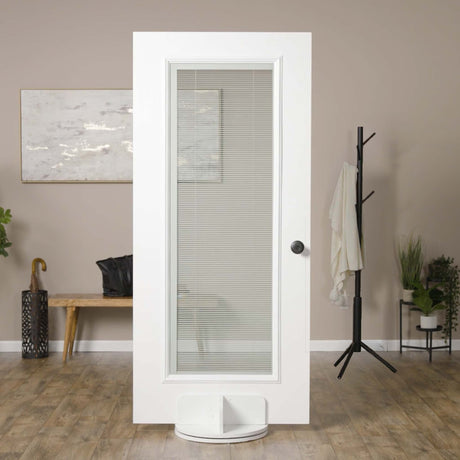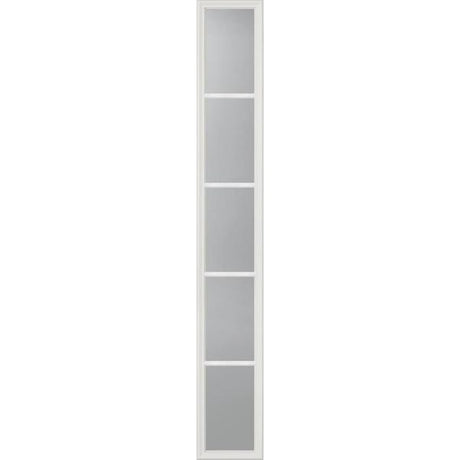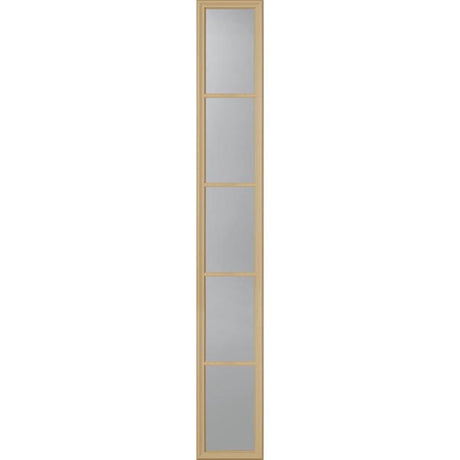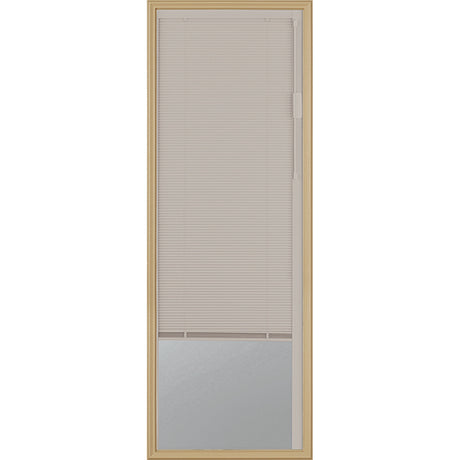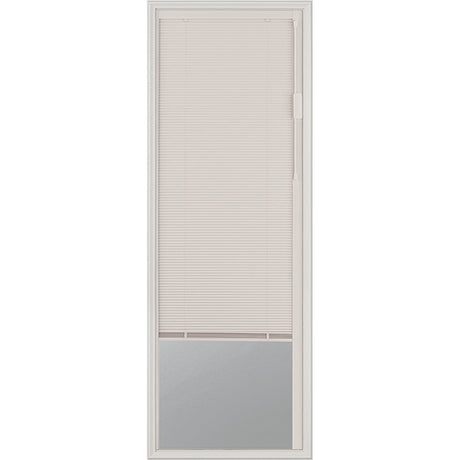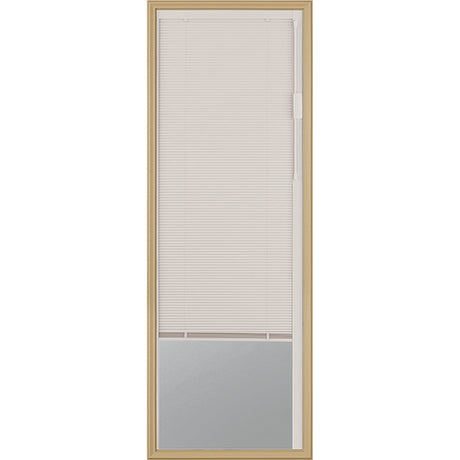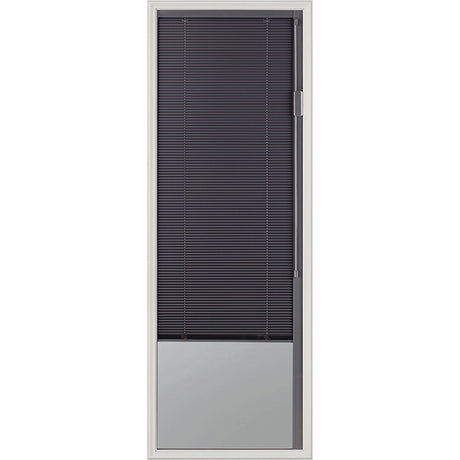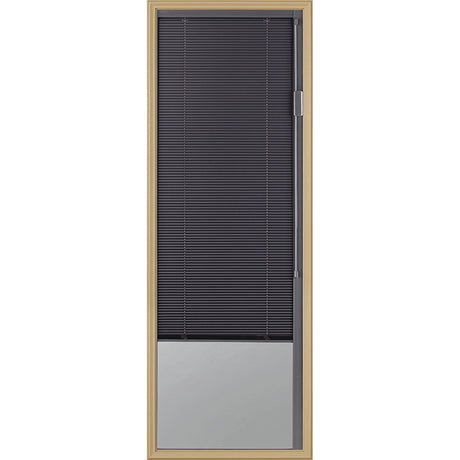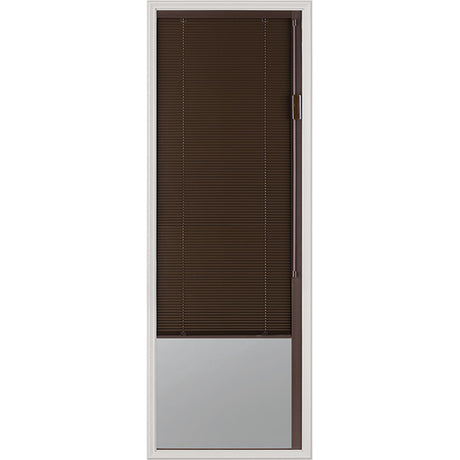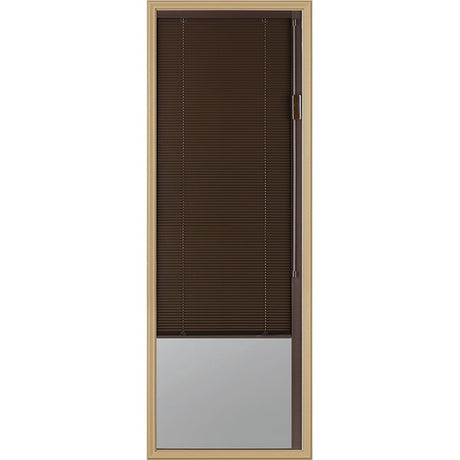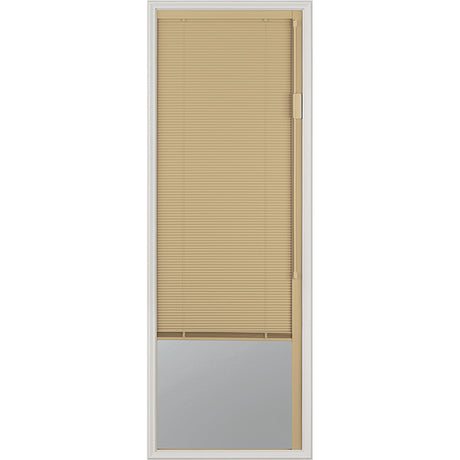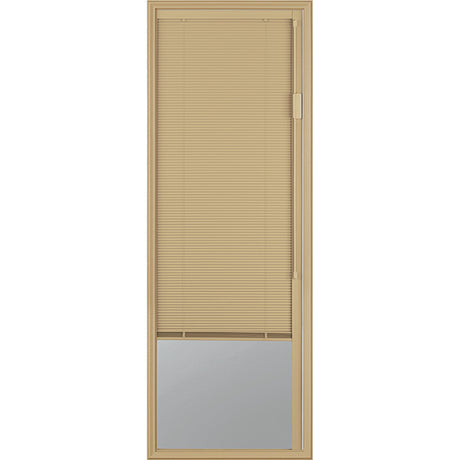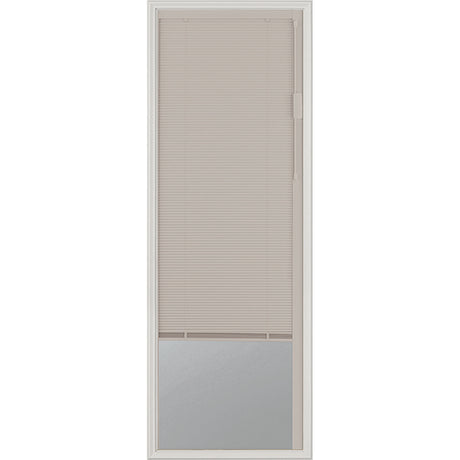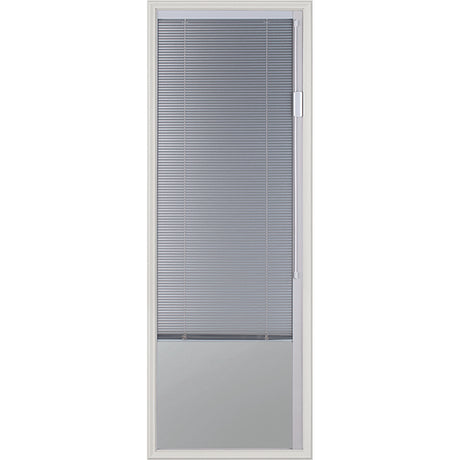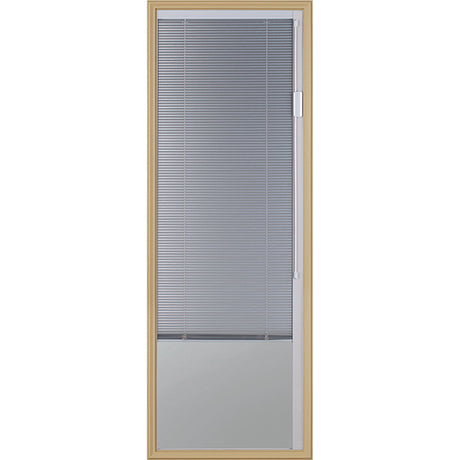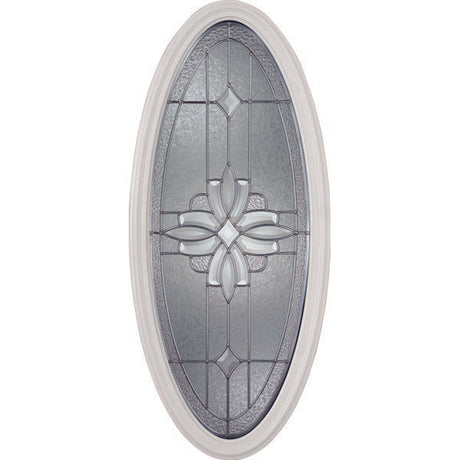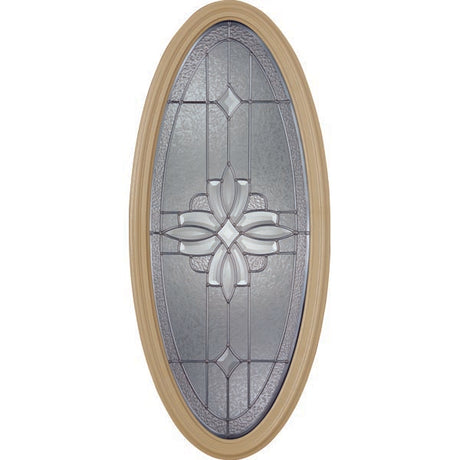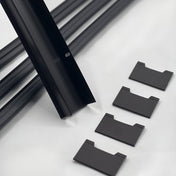You’ve invested quite a bit in your home and you want to make sure you can be comfortable for years to come. But you also don’t want that investment to cost you more money than it needs by wasting energy. With that in mind, we’ve got 4 top DIY projects to increase your home’s energy efficiency.
Insulate Your Water Heater Tank
When your water heater tank is hot to the touch, it’s wasting energy. But insulating it can reduce heat loss by 25-45%. That translates to lowering the cost of your water-heating bill by 7-16% per year. It’s the same concept as insulating your roof or walls. Plus, it pays for itself in energy efficiency savings when you spend $20-$30 for a pre-cut jacket or blanket. Also, according to Energy Star, insulating hot water pipes prevents heat loss and can increase water temperature 2°F–4°F higher than uninsulated pipes can furnish. As a result, you can lower your water temperature setting. Plus, it doesn’t take as long for your water to heat, which means you don’t use as much water. By just spending $10-$15 and three hours of your time, insulating your hot water pipes reduces your energy bills by 3-4% each year.
Seal Air Leaks with Caulk
Air that makes its way into your home from the outside, such as through windows and doorways, can waste energy. Fortunately, an easy way to stop it is by sealing cracks and large openings to the outside with caulk or weather stripping. Generally, caulking compounds are available in cartridges you insert into caulking guns that have an automatic release. However, some cartridges come pressurized and don’t require caulking guns. They also come in aerosol cans, squeeze tubes, and ropes. To determine how much caulk you’ll need, know it takes half a cartridge to seal a window or door and four cartridges to seal your foundation sill.
A tube of white latex window and door caulk averages $2, while a caulk gun is $5-$20. But this minimal cost, along with an hour or two of your time, reduces your annual energy bill by 10-20%.
Upgrade Door Glass to Low-E
Low-E glass is a panel of glass that has an invisible film on it that is designed to reflect radiant heat. That means it’s keeping the heat in when it’s cold out or reflecting the heat out when it’s hot outside. The result is less heat transferring through your door glass making your furnace / A/C needing to work less to keep your home at a comfortable temperature. The good news is that you can easily replace your existing door glass with Low-E glass in less than an hour, regardless of DIY experience.
Insulate and Air Seal the Floor Over Your Garage
A great way to save energy and money, as well as to improve the indoor air quality and comfort of your home, is by insulating and air sealing the floor above the garage. While this is an easy project, it does involve a list of things to remember. Before you start, air seal the gaps between the garage and the space above it with caulk or weather stripping. Next, determine how much R-value of the insulation you need. Then make sure you have the following:
- Protective clothing
- Eye protection
- Dust mask
- Tape measure
- Sharp utility knife
- Stepladder
- Caulk and foam sealant
- Caulk gun
- Straightedge
- Blanket insulation, which costs $0.60-$1 per square foot
- Wire fasteners
With these supplies and 4-8 hours of your time, you’ll make your home both more energy efficient and safe from fumes generated in the garage.
Looking for more ways to improve the value of your home?
Shop thousands of home improvement products and get expert advice on how to increase the value of your home.


